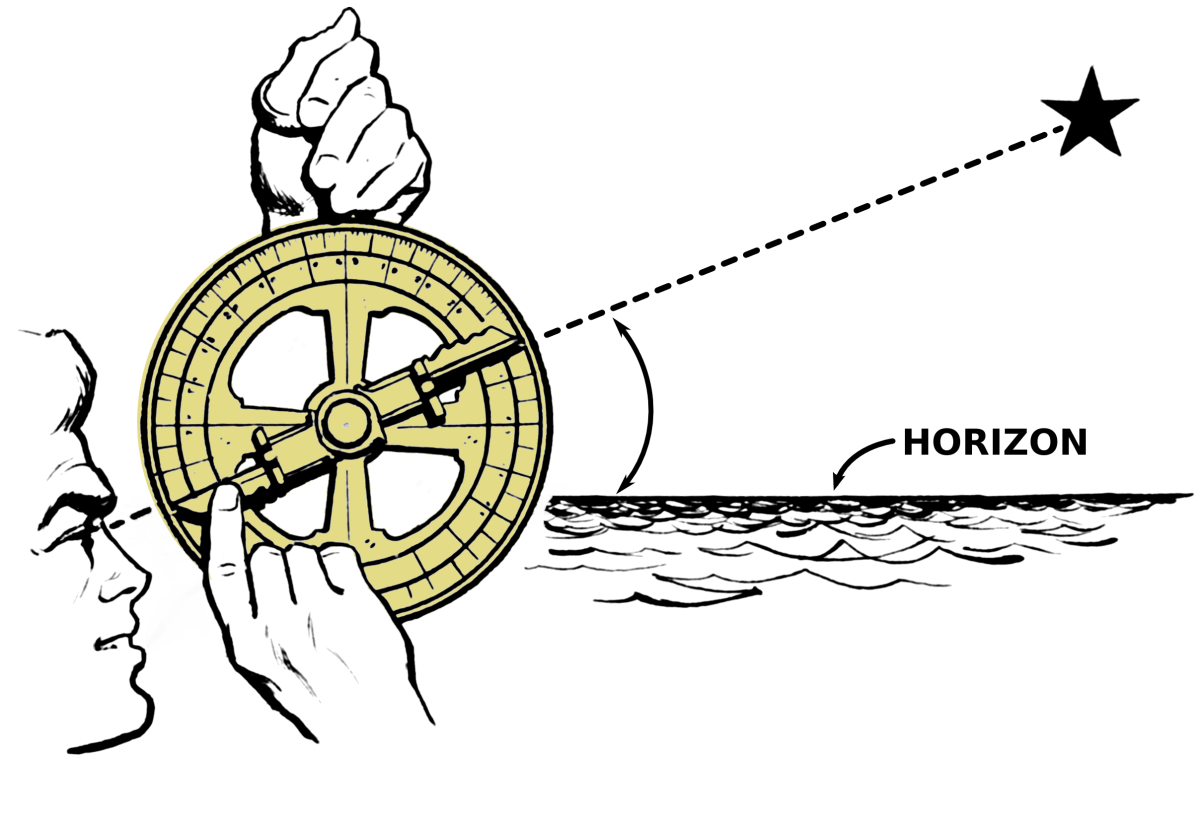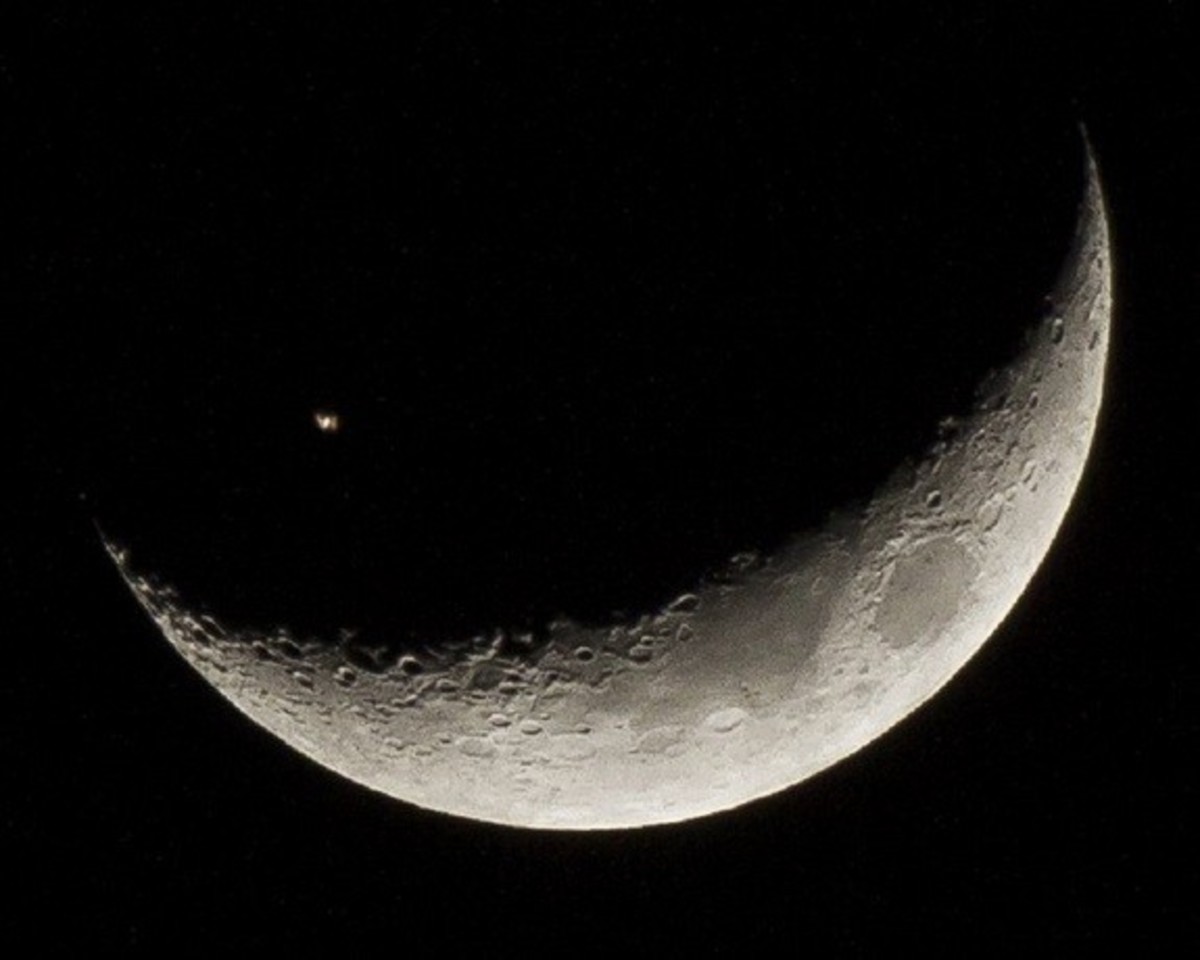Why February month is used for Leap Year Correction?

The period of apparent revolution of the sun around the earth is called a year. It is about 365.2422 mean solar days which could not be used conveniently for ordinary civil purposes. For convenience, the civil year is introduced. The civil year consists of 365 days for three consecutive years followed by a fourth year of 366 days called leap year. The Roman Emperor Julius Caesar introduced this system (Julian calendar) in the year B.C. 45.
The ancient Egyptians used solar calendar. They recognised the length of a year to be 365 days in the year 4236 B.C. The calendar consisted of 12 months of 30 days each and an additional period of 5 days called the ‘Feast Days’. The task of arranging the feast days was entrusted to the priests. In 238 B.C., Ptolemy III tried to correct the error of the additional quarter day. He suggested the addition of one day in every four years and that day was to be observed as a religious holiday. But it was not accepted by the priests.
Early Roman calendar was something like a lunar calendar. A year was having only 304 days spread over 10 months of unequal lengths with a gap of about two months in winter. They were Martius (March), Aprilis (April), Maiss (May), Junius (June), Quintilis (5th month), Sextilis (6th month), September (7th month), October (8th month), November (9th month) and December (10th month). Thus according to this calendar 1st March was the beginning of the year. Later on, the two months Januarius [after the God Janus] (January) and Februarius [after the feast Februa] (February) were introduced to fill up the gap in winter. The commencement of the year on January 1, instead of March 1, became officially recognised in the year 153 B.C.
When Julius Caesar stayed in Egypt, he found that the Egyptian calendar was immensely useful and superior to the Roman calendar. When he became the Roman dictator, he reformed the Roman calendar. He made 7 months having 31 days each, 4 months having 30 days each and February still having 28 days. To correct the error of quarter day, he introduced the leap year, by adding one day to February in every fourth year. The bonus day was added to February not as the 29th day (as we do now) but as an additional 24th February. The reformed calendar known as Julian calendar came into effect on the 1st January, 45 B.C.
The Roman Senate renamed the month Quintilis as July in honour of Julius Caesar and it was allotted 31 days. After the assassination of Julius Caesar in 44 B.C., the pontiffs discarded the leap year provision. In the year 8 A.D., leap year was restored by the Roman Emperor Augustus Caesar on the basis of Julian calendar. The extra day was added to February as the 29th day. To honour the emperor Augustus, the name of the month Sextilis was changed to August. It was also allotted 31 days to be equal in rank with July. Till today the month February is used for leap year correction.
- Longest day (June 21st ) is not the hottest day of the year
On March 21st and September 23rd Sun rises at east and sets at west after tracing a semicircle on the sky. This great circle is the celestial equator of your place of observation. Each day sun travels in a...
- Tiger population rises in India
The tiger is the largest (max. 2.8 m) and heaviest (220 kg) of the cat family. It is a powerful animal. It acts with quiet, caution, and secrecy. It can kill animals much larger than itself. There are five...
- How Earth Survives in the Solar Family?
Earth constantly revolves around the sun, completing once in 365 days. But our earth is not moving in the same speed. Instead it regulates its speed to survive in the solar family. Want to know how? Read this...
- Vailankanni Mother Mary My Pilgrimage Center
We visit Vailankanni every year from the nearest airport at Tiruchy (154 kms). No words can express the happiness and peace that we feel in the presence of our beloved Mother. Vailankanni, a hamlet on...









